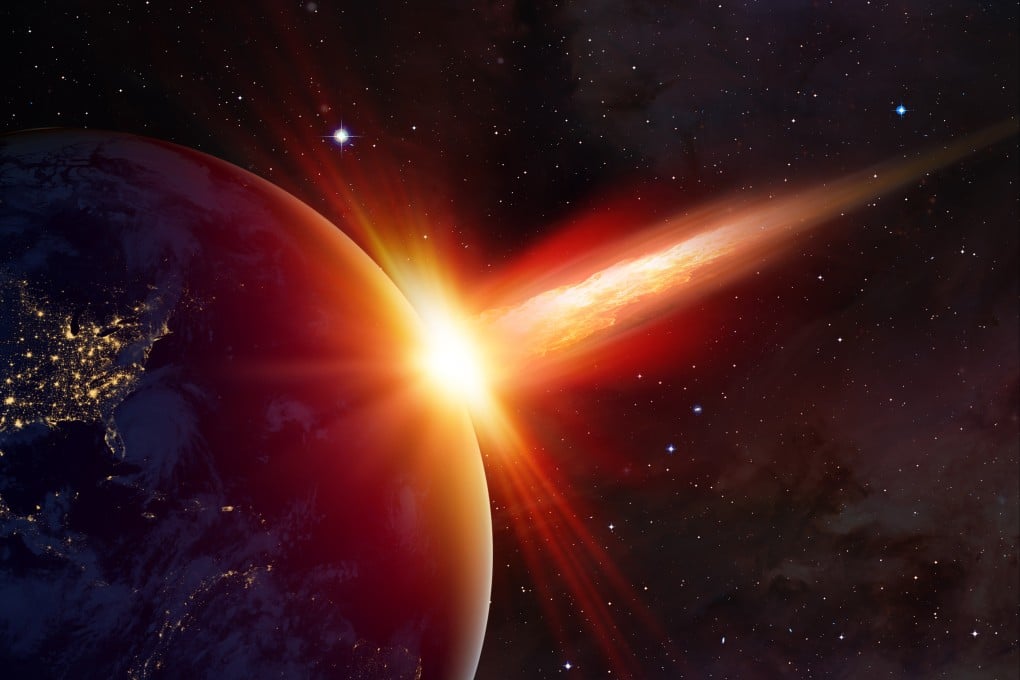China plans to turn the moon into an outpost for defending the Earth from asteroids, say scientists
- Two optical telescopes would be built on the moon’s south and north poles to survey the sky for threats evading the ground-base early warning network
- Test satellites could also help protect China’s national security by having the telescopes and sensors pointed towards the Earth, say researchers

Two optical telescopes would be built on the moon’s south and north poles to survey the sky for any threats that slipped through the ground-base early warning network, especially those approaching from the blind side facing the sun.
Under the plan, when the system detects a surprise visitor with the potential to cause severe damage, it sends one or all of the guardian satellites to intercept the asteroid with a lead time as short as a week, faster than any large rockets launched from Earth could be, according to the team.
“It will have the ability to intercept incoming asteroids from all directions, and can form a defence circle about twice the distance between the moon and Earth – about 800,000km [500,000 miles] in diameter,” said Wu and his colleagues in a paper published in the Chinese peer-reviewed journal Scientia Sinica Informationis on Wednesday.
The lunar defence line, which has not yet been approved by the Chinese government, would take China’s space technology – such as far-reaching, sensitive surveillance and ultra-high-speed capability – to new heights, the researchers said.
China is building an Earth defence system consisting of giant radars and telescopes in an attempt to manage an extinction event such as the one that wiped out the dinosaurs about 65 million years ago.
